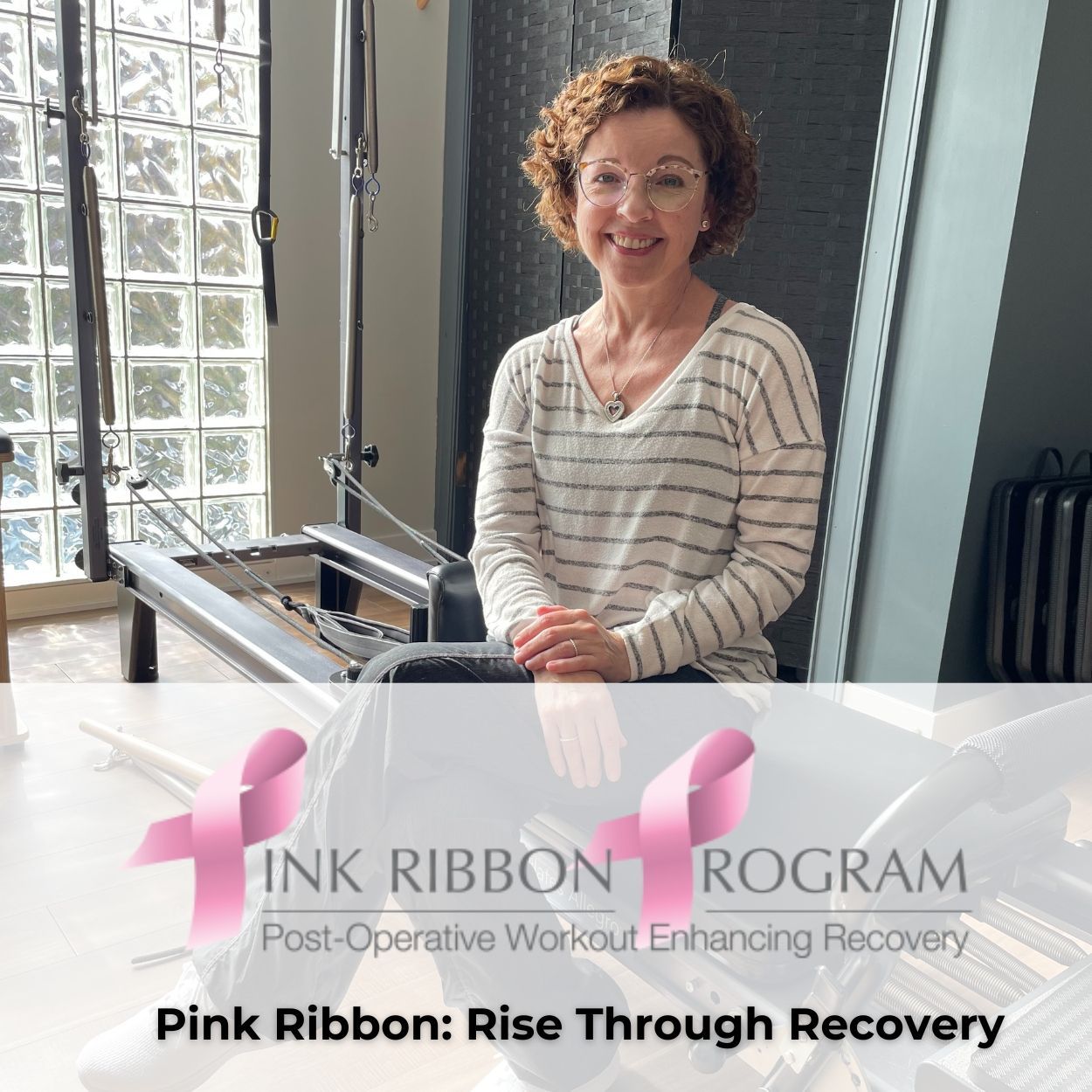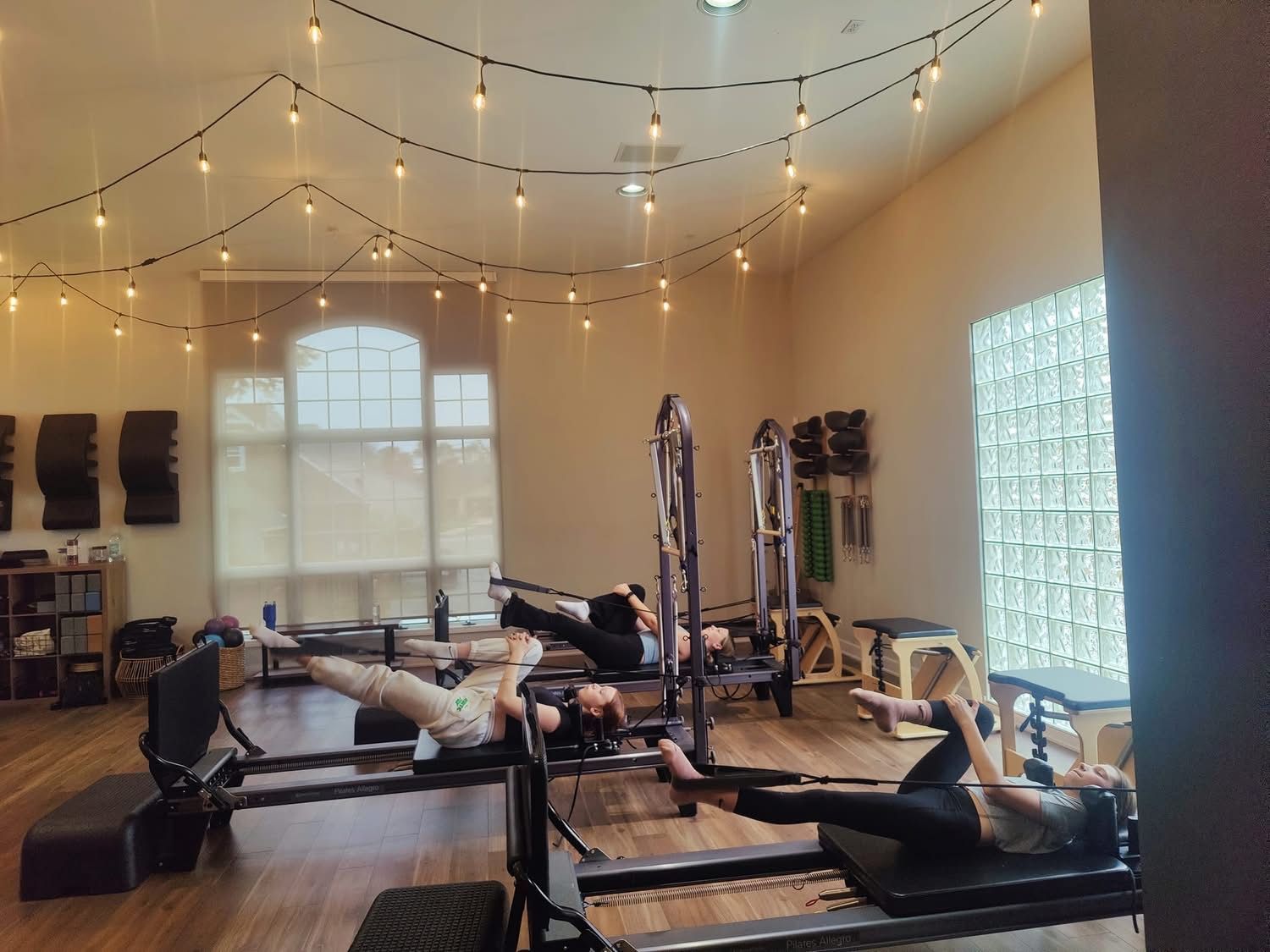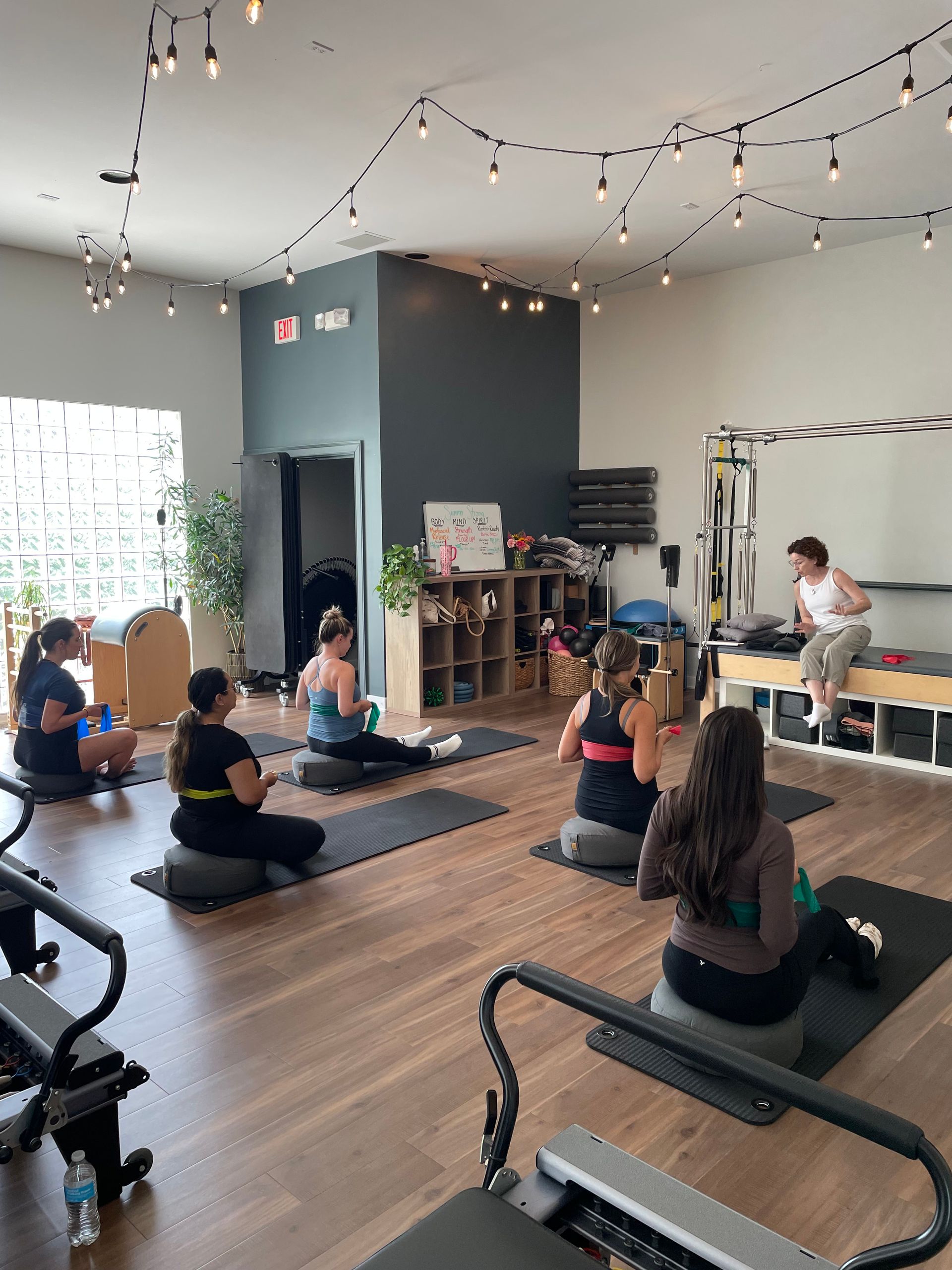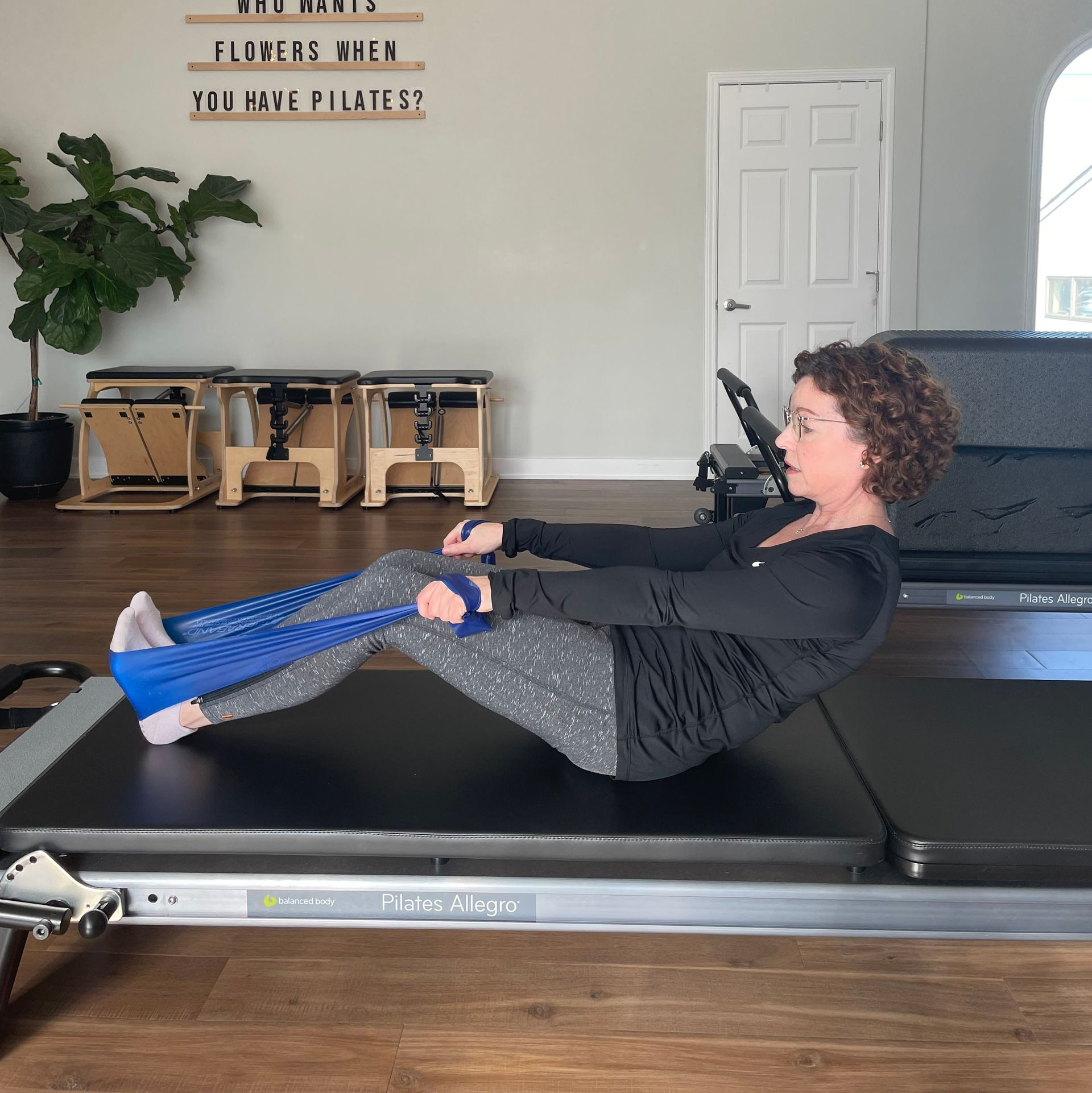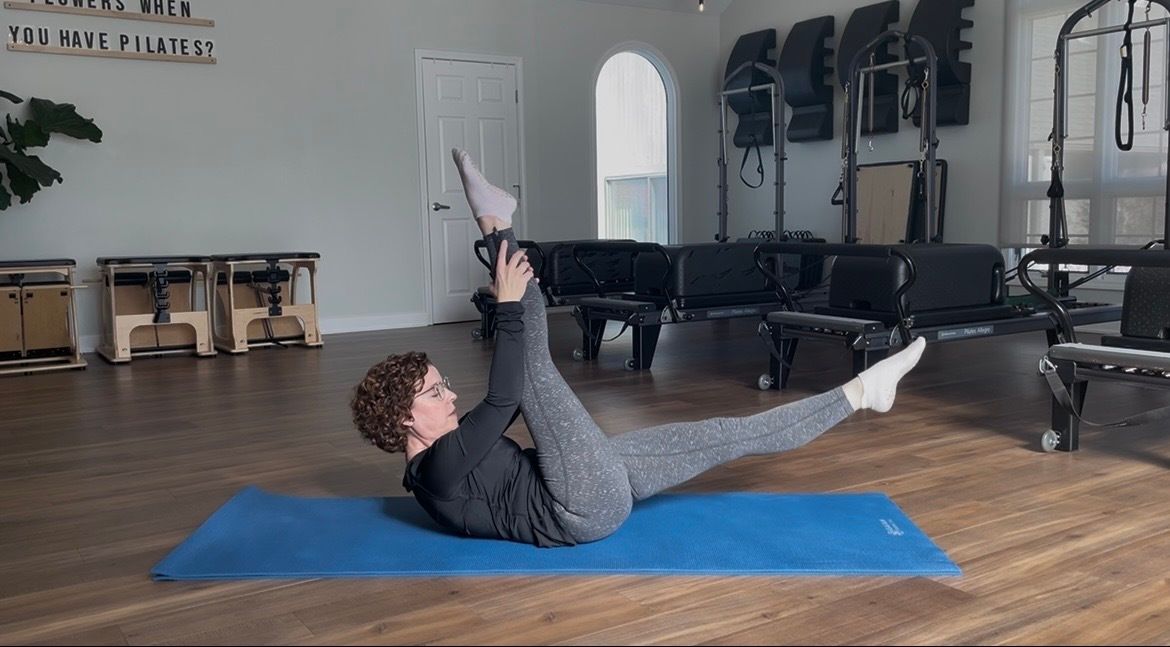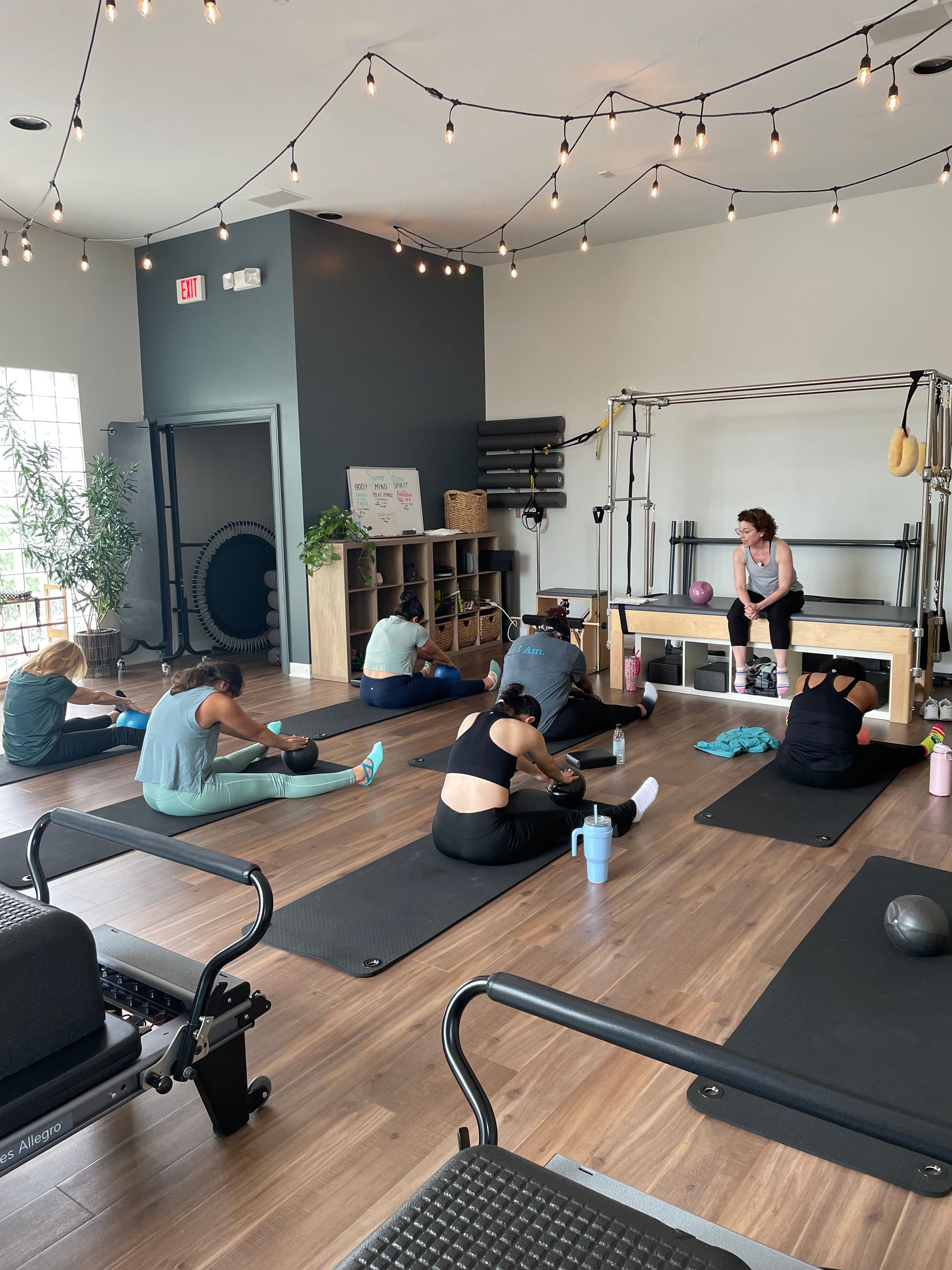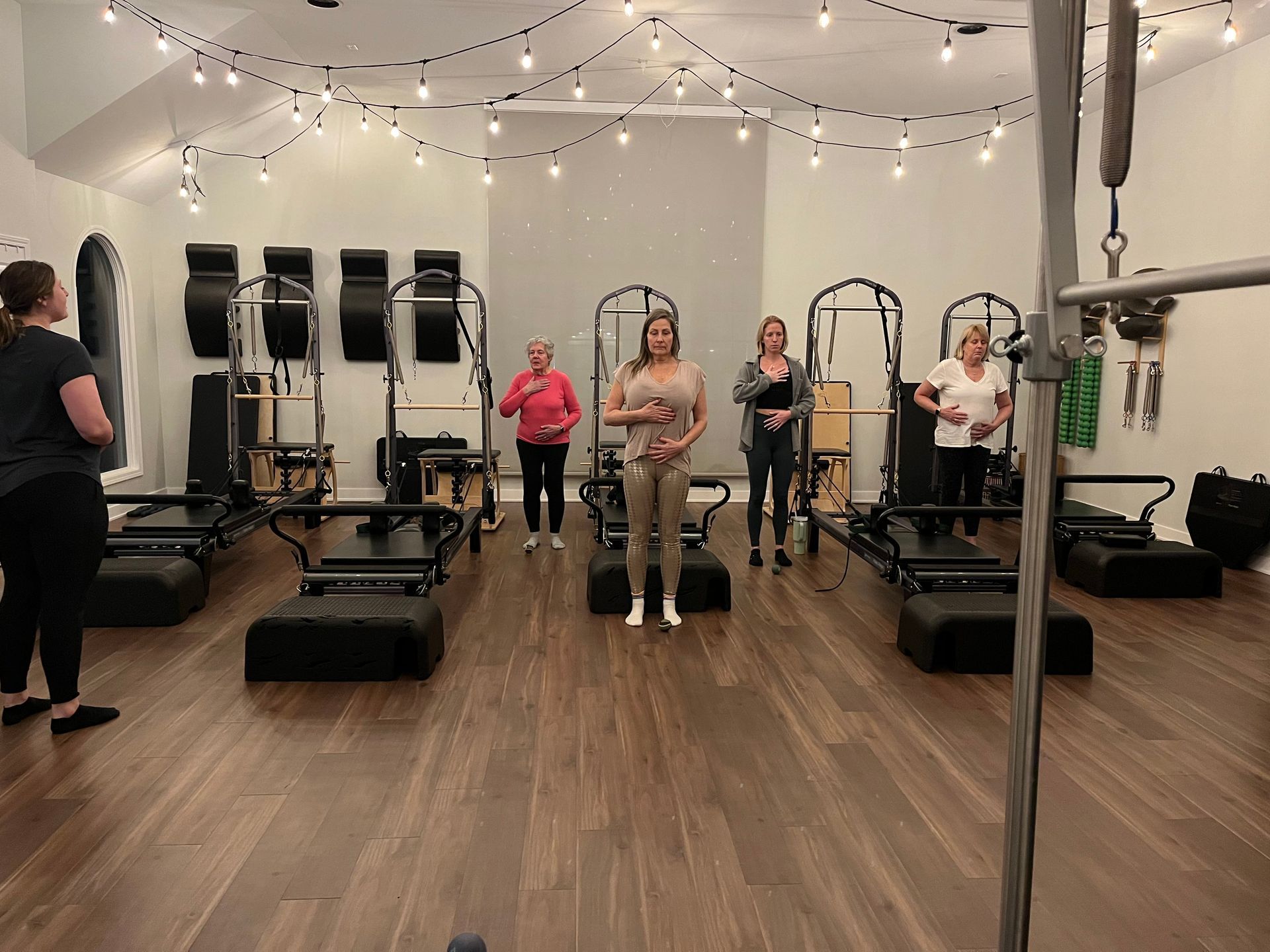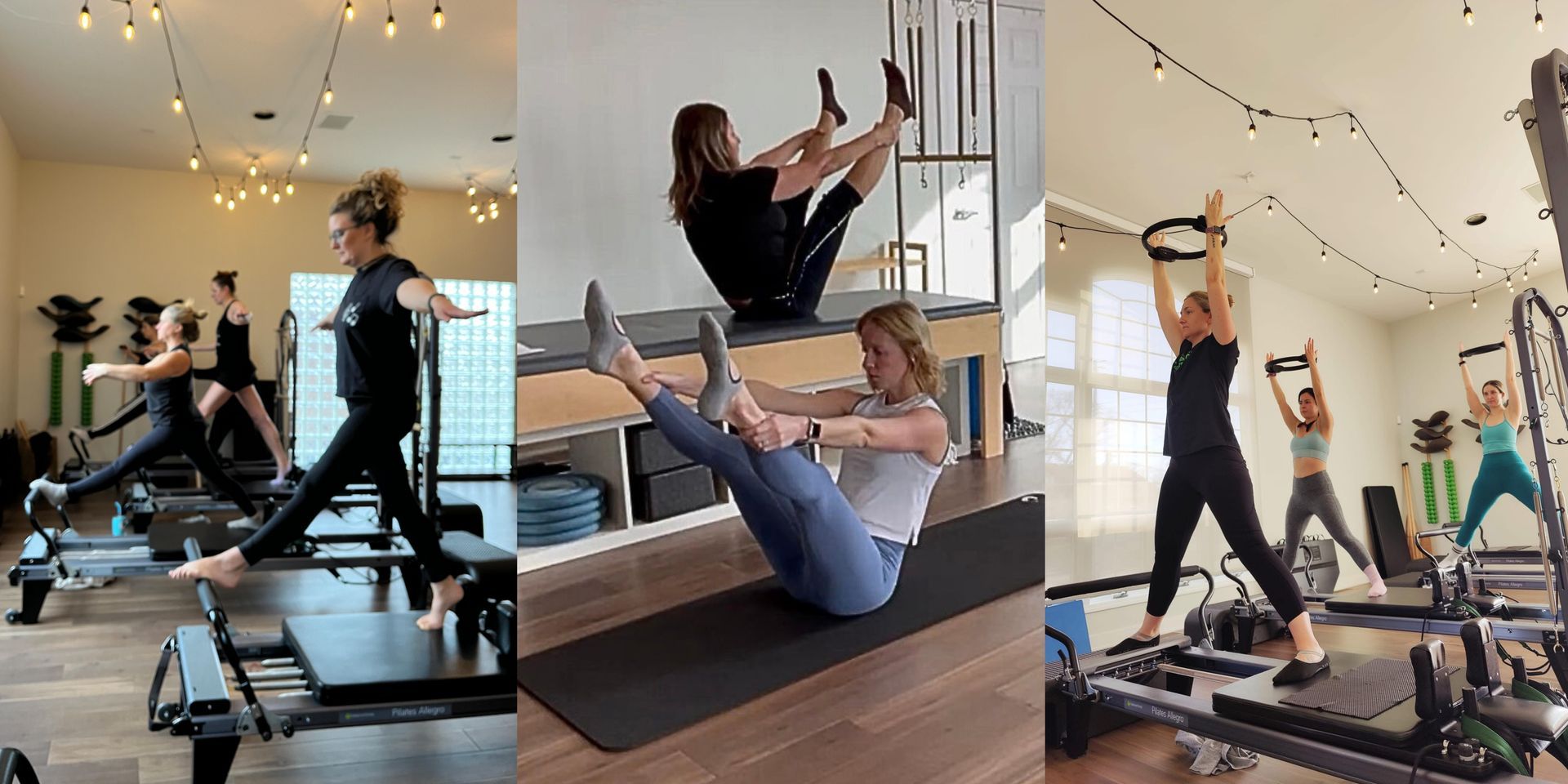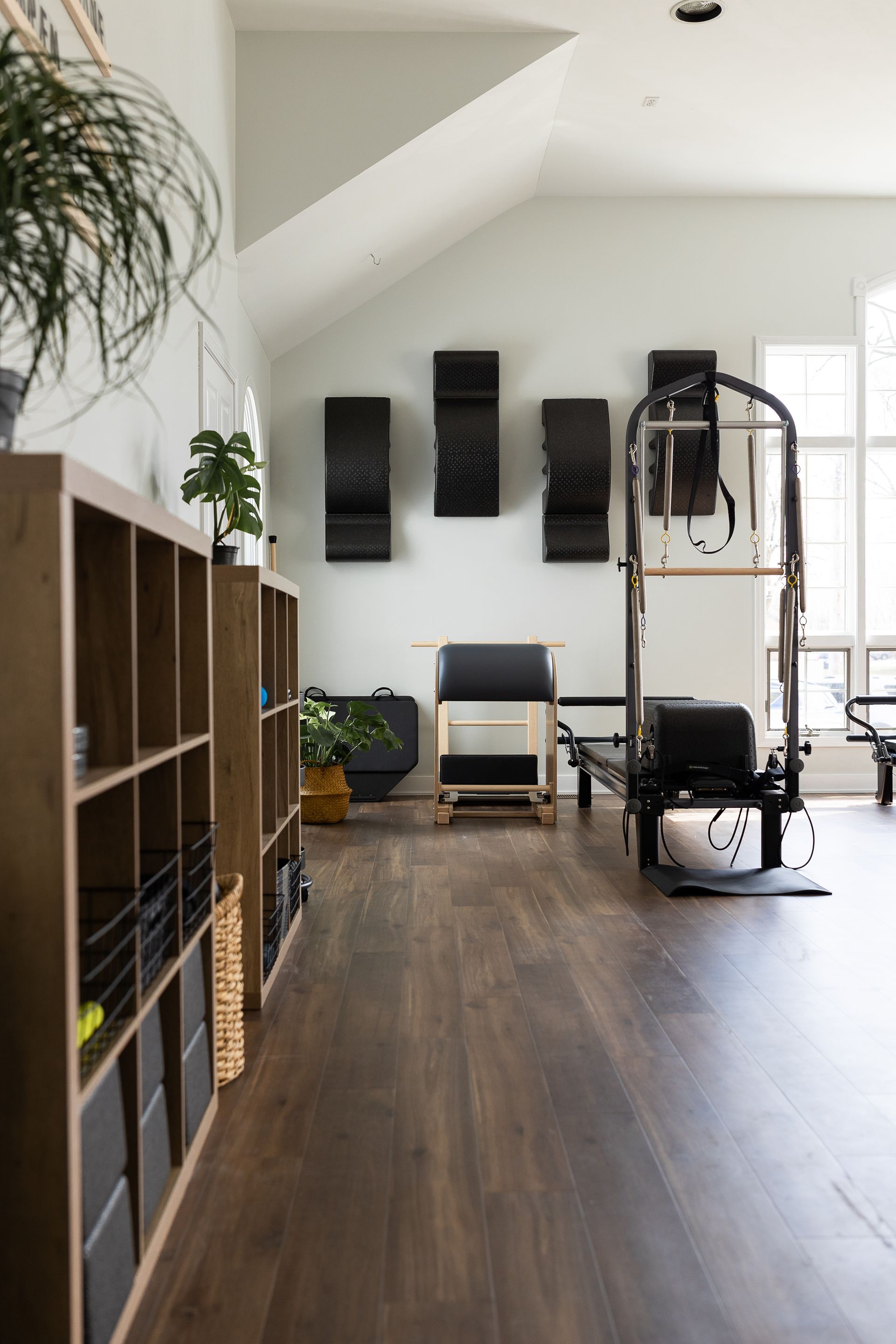How Often Should You Do Pilates To Enhance Your Flexibility?
Flexibility Goals And How Pilates Can Help
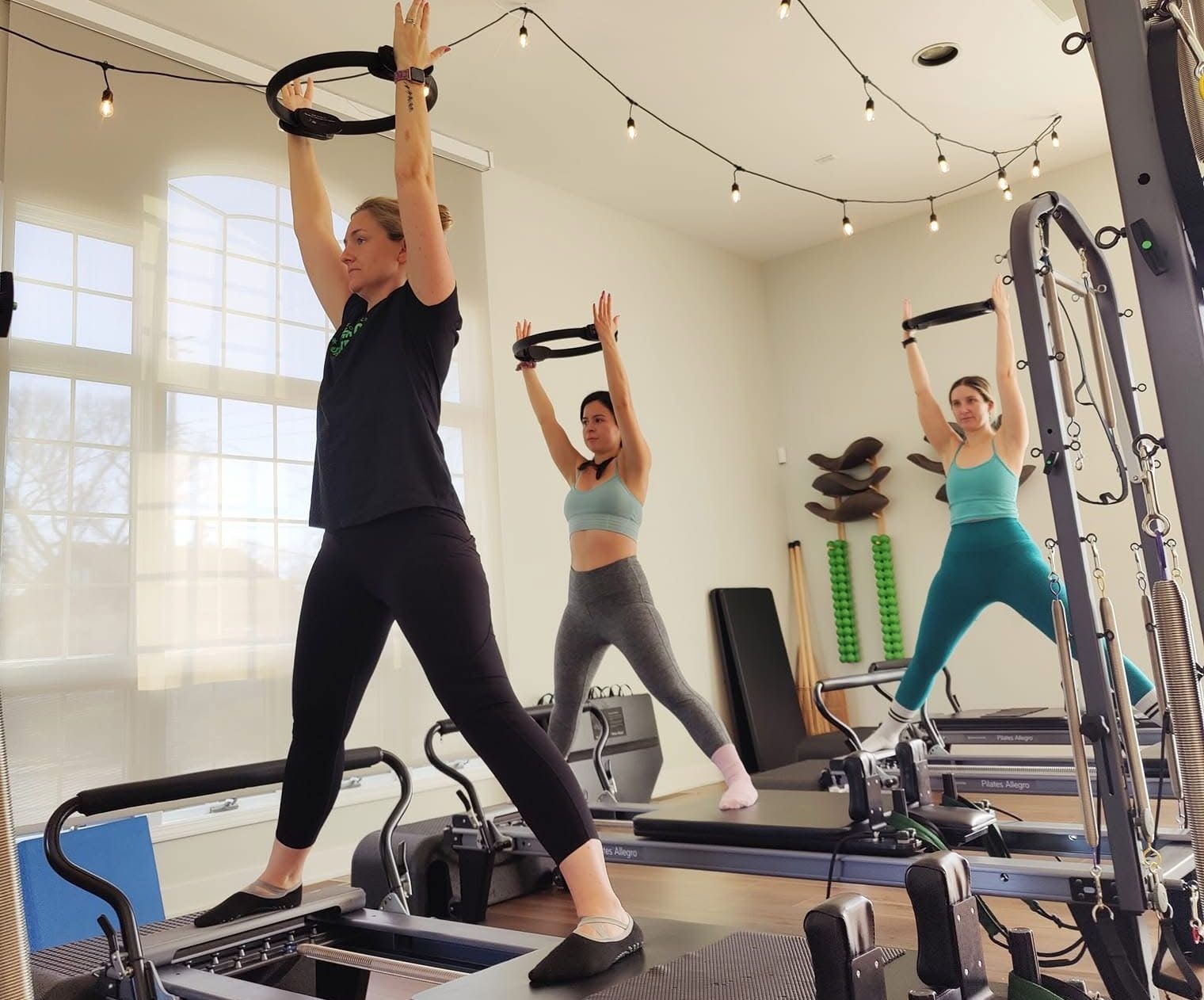
How Often Should You Do Pilates To Enhance Your Flexibility?
Pilates is one of the most sustainable ways to get there if flexibility is your goal. At Rise Integrative Therapy & Pilates, we guide our clients through movement that helps unlock tight areas, build strength in the range of motion, and create a body that moves freely and easily. But the biggest question remains: how often should you do Pilates to enhance your flexibility? Let’s break it down.
Understanding Pilates and Flexibility
Pilates offers a unique blend of strength, mobility, and breath-focused movement. The exercises are designed to increase muscle strength and endurance, as well as flexibility and to improve posture and balance (National Library of Medicine, 2021). Through consistent, mindful practice, you begin to re-pattern movement habits, reduce stiffness, and develop flexibility that supports your everyday life.
How Often Should You Do Pilates?
Though instructors don't agree on a formula universally, one thing is true: consistency matters more than intensity. When it comes to flexibility, it’s about showing up regularly so your body can gradually open up.
Pilates twice a week: Is it enough?
Yes—especially when sessions are thoughtfully planned, and you’re consistent. Pilates twice a week can be enough to feel more open, aligned, and mobile over time. It’s a great starting point for most people, and you can always increase your frequency as your body adapts.
How many times a week should you do Pilates for flexibility?
For many people, 2 to 4 times per week may be the sweet spot for seeing flexibility improvements. This amount of engagement can give you enough exposure to new movement patterns while still allowing your body time to recover and integrate. Ultimately, in many studios, sessions are designed to build upon one another, so each class supports the work of the last. And incorporating the different types of Pilates into your practice can help with flexibility goals well.
Frequency for Beginners
Starting something new requires balancing motivation and realistic expectations. Beginners often want quick results, but with flexibility, slow and steady wins the race.
How often should I do Pilates as a beginner?
If you’re new to Pilates, aim for 2 to 3 sessions or classes per week. This gives you time to learn the movement vocabulary, build foundational strength, and explore new ranges of motion without overwhelming your system. Your nervous system needs time to process the work—rest days are just as important as the work itself! But being realistic is important as well.
As with any new practice or incorporation of a new routine, many tend to begin strong, get overwhelmed, and stop altogether. That is the beauty of starting Pilates. Beginning with an even once a week practice is many times what some individuals need to get started, but setting that goal needs to be realistic and attainable.
Setting realistic goals
Flexibility is very individual. Influenced by your history, daily habits, and even stress levels, flexibility can seem like a challenge with so many variables to juggle. At Rise, we encourage clients to track progress not just by how far they can stretch but by how they feel: Are you moving more freely? Feeling less tight in your hips or shoulders? Those subtle shifts are often more meaningful than simply touching your toes.
Ideal Pilates Schedule
Once you have found your rhythm, the next step is to build a schedule that supports your goals and lifestyle!
How many days a week should I do Pilates?
For flexibility-focused results, 3 to 4 sessions per week is ideal. That frequency helps reinforce new patterns while giving your body the exposure it needs to stretch safely and effectively. This could include a mix of class formats—like Reformer for strength and alignment, and Mat or Movement Lab for deep mobility work.
Pilates 5 days a week vs. twice a week
Practicing 5 days a week can deliver faster results, especially when you vary the intensity and focus of each session. That said, twice a week still offers benefits, especially when paired with intentional movement outside of class (think: walking, mobility breaks, or stretching at home). The most important factor is how consistently you’re showing up—not just how often.
Benefits of Consistent Practice
It’s not about doing more—it’s about doing what you can consistently.
How often should you do Pilates to see results?
When it comes to flexibility, Pilates isn't just about "seeing" results, it's about feeling better and moving better. Most clients begin to see and feel a difference in their flexibility and overall body awareness within 4 to 6 weeks of regular practice. You might notice you’re standing taller, reaching further, or waking up with less tension. Those are signs that your body is integrating the work. As Joseph Pilates said, “In 10 sessions you'll feel the difference, in 20 you'll see the difference, and in 30 you'll have a whole new body.”
Is it safe to do Pilates every day?
Yes—daily Pilates is safe if varying intensity and tuning into your body’s specific needs. Balancing the needs - your individual needs - is truly what a Pilates practice is about. A Reformer class might be good for one day, and following it up with a gentle stretching Mat Class may be the combination for you. At Rise, our diverse schedule supports this kind of smart, varied movement.
How much Pilates per week for maximum flexibility?
To maximize flexibility, aim for 3 to 5 Pilates sessions per week, combining classes that strengthen, lengthen, and restore. The variety will help you make the most of your range of motion without overworking any one area. And remember, there isn't one specific or "right" way to build flexibility—just the way that works best for your body and life.
How long should you do Pilates a day?
The ideal session length is 45 to 60 minutes, but even 20–30 minutes of focused Pilates can make a big difference when practiced regularly. At Rise, we offer a variety of class formats to meet you where you are on your Pilates journey.
Final Thoughts On Flexibility And Pilates
True flexibility isn’t just about becoming more bendy—it’s about moving through life with more comfort and confidence. Pilates offers a path to that kind of freedom. Whether you're practicing once or twice a week or building toward a full weekly routine, every session adds up. At Rise Integrative Pilates, we’re here to help you move smarter, feel better, and discover what’s possible in your body—one breath, one stretch, one session at a time.
